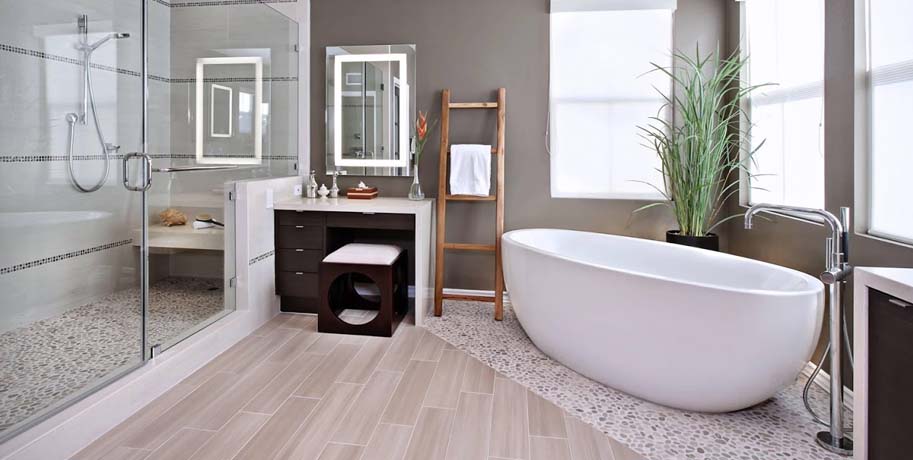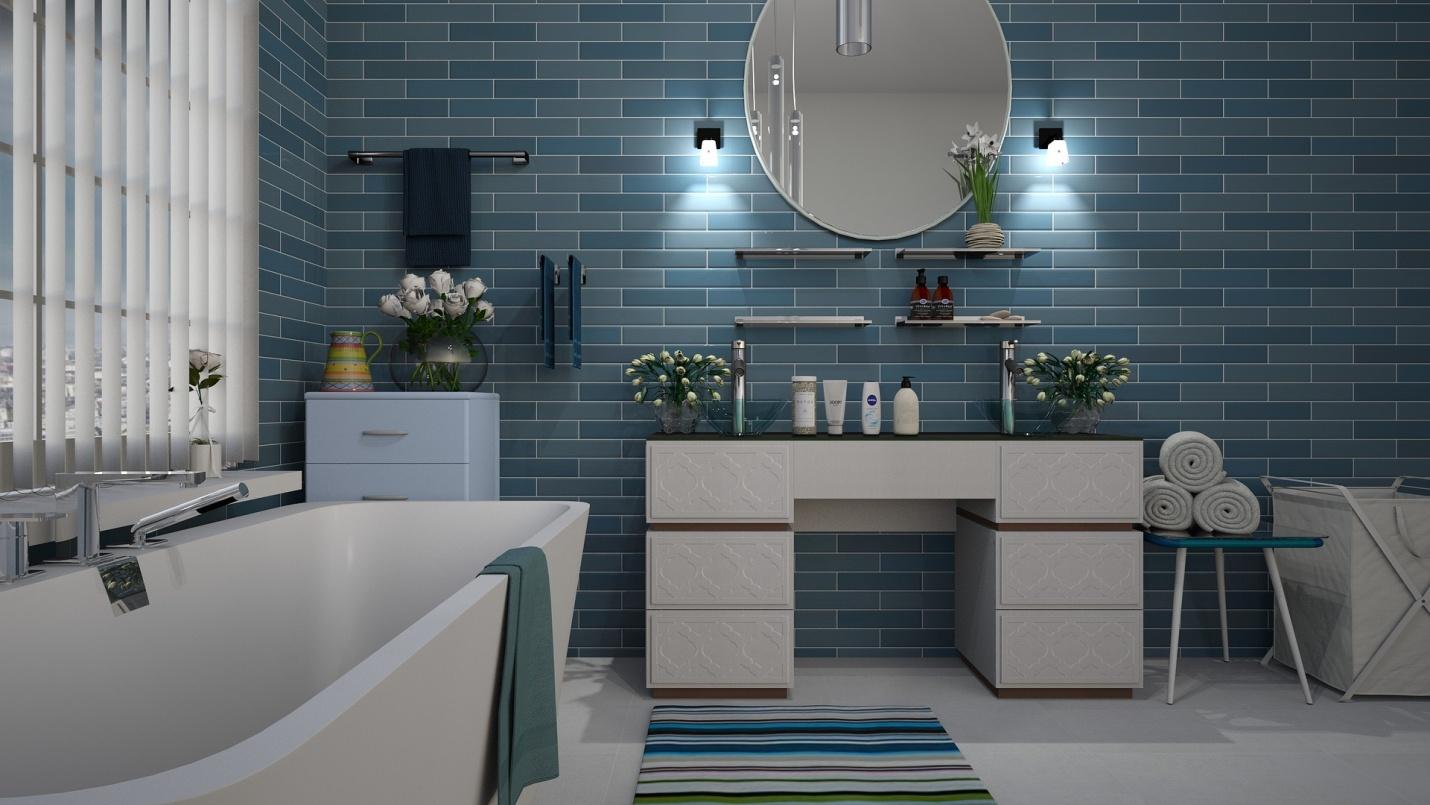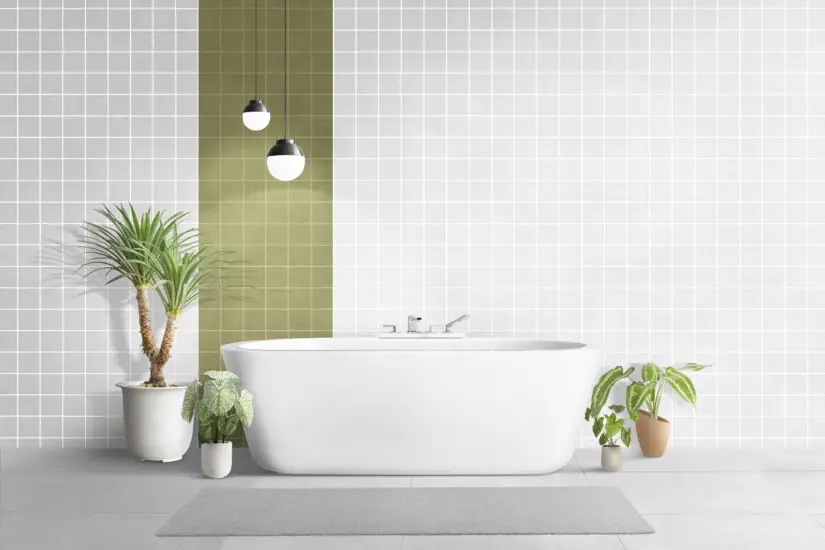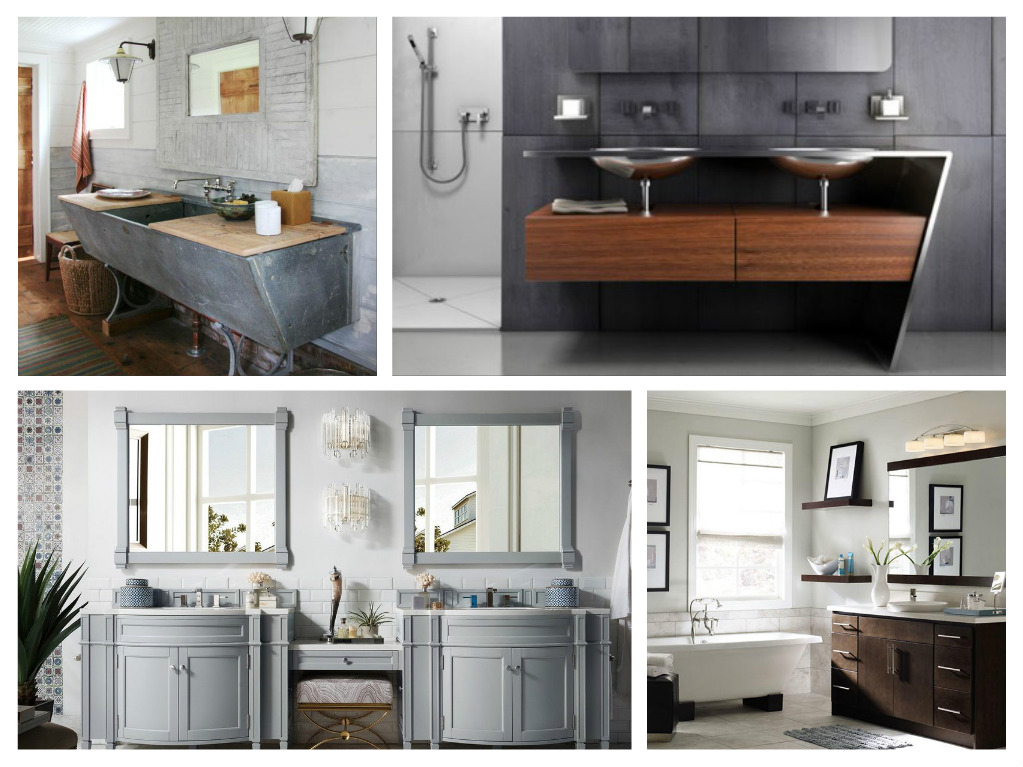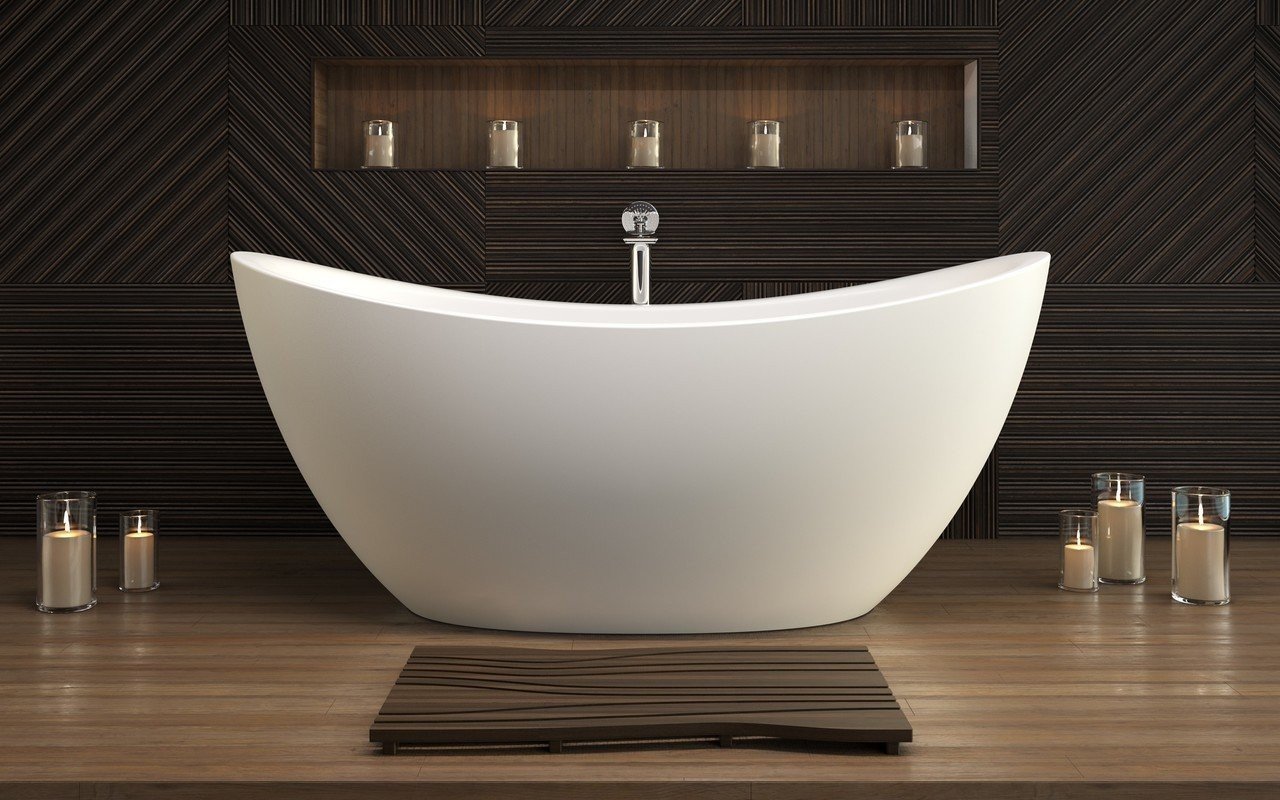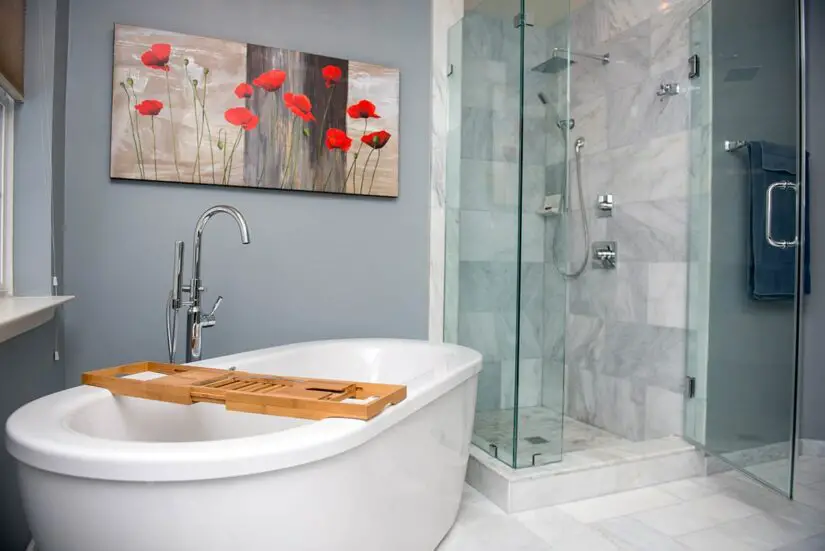A bathroom is more than just a functional space in our homes; it is a sanctuary where we begin and end our days. It’s where we find solace, relaxation, and a moment of peace amidst our busy lives. So, why settle for an ordinary bathroom when you can have the bathroom of your dreams?
Creating your dream bathroom may seem like a daunting task, but with the right guidance and a clear vision, you can turn your aspirations into a reality. In this article, we will walk you through the essential steps that will help you transform your current bathroom into the space you’ve always desired.
Define Your Vision
The first step in creating your dream bathroom is to define your vision. Take inspiration from design magazines, online platforms, and social media to discover styles, color schemes, and layouts that resonate with you. Consider your lifestyle and practical needs when envisioning your ideal bathroom.
Create a vision board or save images that inspire you. Identify key elements and themes that align with your vision. Having a clear vision will guide your decision-making process and help you communicate your ideas effectively.
Defining your vision sets the foundation for your bathroom remodeling project. It ensures that your dream bathroom reflects your style, meets your needs, and becomes a space where you find joy and relaxation.
Set a Budget
Setting a budget is a crucial step in achieving your dream bathroom. It helps you determine the financial resources available for the project and ensures that you make informed decisions along the way.
Start by assessing your overall budget for the bathroom remodeling project. Consider factors such as materials, fixtures, labor costs, and any unexpected expenses that may arise. Be realistic about what you can afford and prioritize your spending accordingly.
Research the cost of materials and fixtures to get a better understanding of their price range. This will help you allocate your budget effectively and choose high-quality options that fit within your financial constraints.
Remember to include a contingency fund in your budget for any unforeseen circumstances that may arise during the renovation process. It’s always better to be prepared for unexpected expenses rather than being caught off guard.
By setting a budget from the beginning, you can avoid overspending and make choices that align with your financial goals. It also allows you to explore alternative options and find creative solutions to achieve the bathroom of your dreams within your means.
Plan the Layout
Planning the layout of your dream bathroom is essential for creating a functional and aesthetically pleasing space. A well-thought-out layout maximizes the use of available space and ensures a smooth flow within the bathroom.
Start by considering the existing layout of your bathroom. Assess the dimensions, placement of plumbing fixtures, and electrical outlets. This will help you determine any limitations or possibilities for rearranging the layout.
Think about how you use your bathroom and prioritize the features that are most important to you. Consider the placement of the shower or bathtub, vanity area, toilet, and storage options. Aim for a layout that provides convenience, accessibility, and meets your specific needs.
Optimize storage solutions by utilizing vertical space and incorporating functional elements like shelves, cabinets, or built-in niches. This will help keep your bathroom organized and clutter-free.
Take into account lighting and ventilation when planning the layout. Natural light can create a welcoming ambiance, while proper ventilation is crucial for maintaining a fresh and comfortable environment.
Consider the overall style and aesthetic of your dream bathroom. Whether you prefer a traditional, contemporary, or eclectic design, ensure that the layout aligns with your chosen style.
Before finalizing the layout, it can be helpful to create a visual representation, such as a floor plan or sketch. This will allow you to visualize the space and make adjustments as needed.
Select High-Quality Materials and Fixtures
Choosing high-quality materials and fixtures is crucial for creating a durable and visually appealing bathroom that stands the test of time. The right materials not only contribute to the overall aesthetics but also help avoid potential issues and costly repairs down the line.
When selecting materials and fixtures, consider their durability, aesthetic appeal, maintenance requirements, water efficiency, and your budget. Opt for materials known for their longevity and resistance to moisture and stains. For fixtures, choose options that complement your desired style while offering water-saving or low-flow features.
By choosing the right materials, you can avoid problems that may arise in the future. For example, opting for high-quality plumbing fixtures can help prevent leaks and reduce the need for costly toilet repairs. Similarly, selecting durable and moisture-resistant flooring materials can prevent damage and ensure your bathroom remains in excellent condition for years to come.
Hire a Professional or DIY?
When it comes to bringing your dream bathroom to life, you have two options: hiring a professional contractor or tackling the project as a DIY endeavor. Each approach has its pros and cons, so it’s important to consider various factors before making a decision.
- Expertise and Experience: Hiring a professional contractor brings their expertise and experience to handle different aspects of the project.
- Time and Effort: Hiring a professional allows you to focus on other responsibilities and ensures efficient progress, while DIY requires significant time and effort.
- Budget: Consider your budget and weigh the costs of hiring a professional versus potential mistakes and additional expenses in a DIY project.
- Complexity of the Project: Assess the project’s complexity and hire a professional for intricate work or extensive plumbing, electrical, or structural changes.
- Permits and Codes: Keep in mind that certain remodeling projects may require permits and compliance with building codes, which professionals are familiar with.
- DIY Resources: If you choose to DIY, leverage online tutorials, DIY guides, and home improvement communities for guidance and support.
About the author
Jennifer Bell is an avid DIYer, home renovation enthusiast, and writer for plumbing service specialists in the Tucson area.
